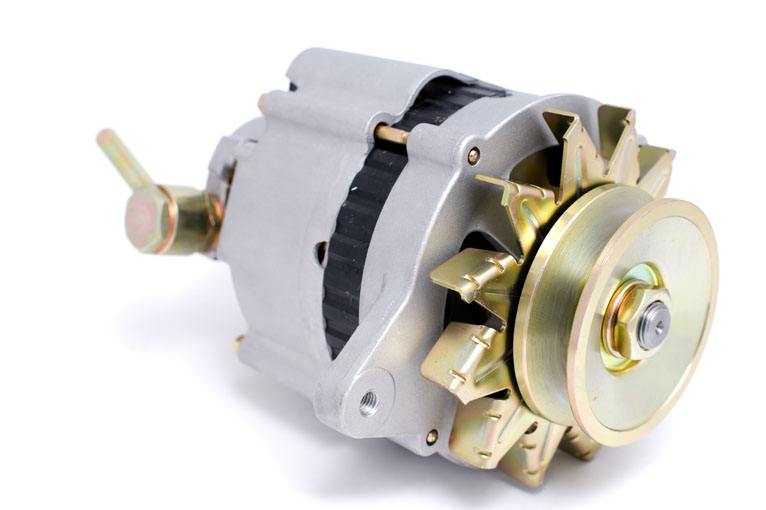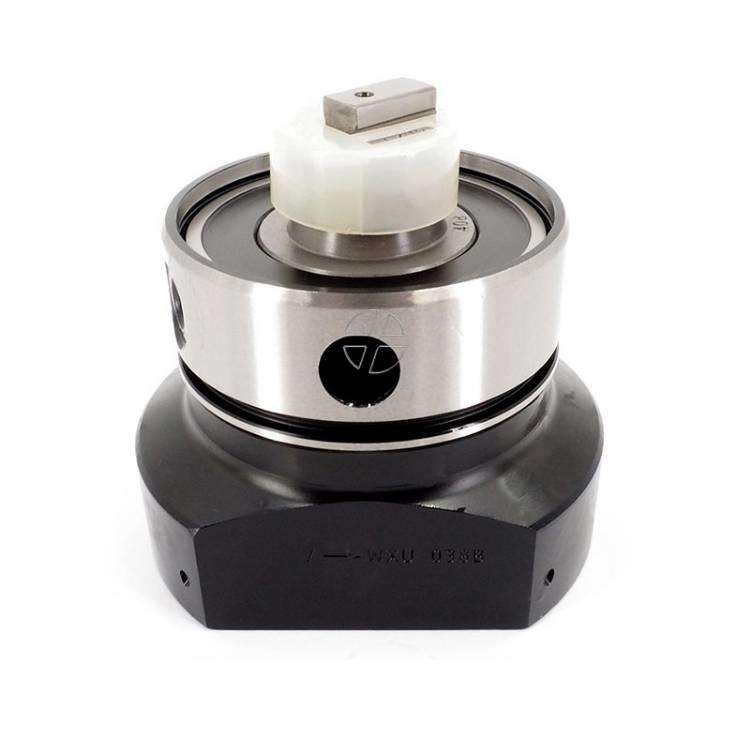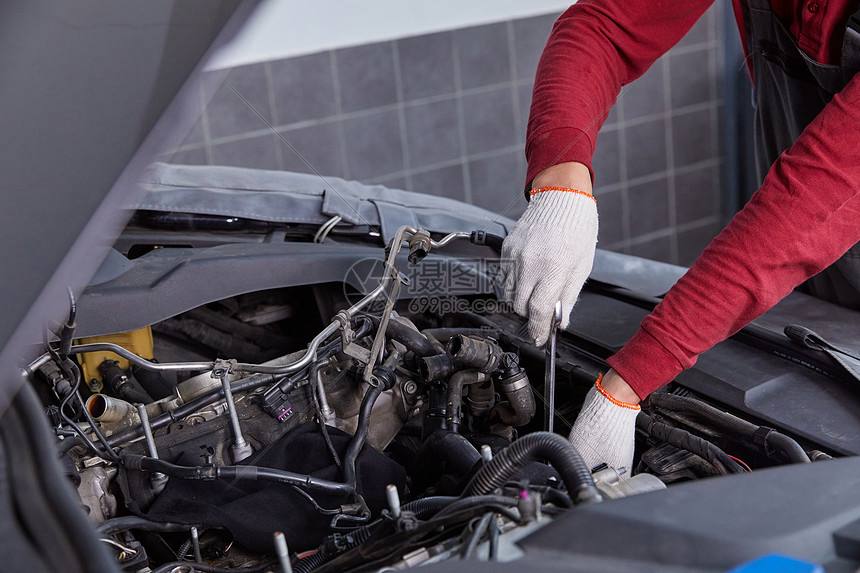1. Parts whose machining surface is parallel or perpendicular to the horizontal plane, or whose included angle is fixed are plane parts. At present, the vast majority of parts processed on CNC milling machines belong to planar parts. The characteristic of planar parts is that each machining surface is planar or can be expanded into a plane.
2. Variable bevel parts: parts with a continuous change in the angle between the machining surface and the horizontal plane are called variable bevel parts.
Such parts are mostly aircraft parts, such as integral beams, frames, edge strips and ribs on aircraft; In addition, there are inspection fixtures and assembly frames, which also belong to variable angle parts.

3. Surface parts: parts whose machining surface is a spatial surface are called surface parts. The machining surface of surface parts cannot be expanded into a plane.
During machining, the machined surface and the milling cutter are always in point contact. Generally, three methods are used for machining curved surface parts. When the curved surface is complex and the passage is narrow, which will damage the temporary surface and require the tool to swing, four axis or five axis machining centers should be used.
What are the processing materials?

1、 Steel milling
The machinability of steel varies with alloy elements, heat treatment and manufacturing processes.When processing soft low carbon steel, the main problem is that chip buildup and burr will be formed on the workpiece. When machining harder steel, in order to avoid edge collapse, the relative position between the milling cutter and the workpiece will become more important.
2、 Stainless steel milling
Stainless steel can be classified into ferrite or martensitic stainless steel, austenitic stainless steel and duplex stainless steel, and each type has its own milling suggestions.
3、 Cast iron milling
The main wear standards of gray cast iron milling are abrasive grain or flank wear and hot crack. For parts, workpiece edge collapse and surface quality are the main problems.
4、 Non ferrous material milling
Nonferrous metal materials include not only aluminum alloys, but also magnesium, copper and zinc based alloys. Machinability is mainly different due to different silicon content. Hypoeutectic Al Si alloy is the most common type, with silicon content less than 13%.
5、 Superalloys and titanium alloys

Milling superalloys and titanium usually requires a machine tool with high rigidity, high power and high torque to operate at low speed. Groove wear and cutting edge collapse are the most common wear types. The high heat generated limits the cutting speed.












